… Therefore I must be a beginner!
Gjon Feinstein came over last night to play some speed chess and watch a couple lectures on ICC. We played four or five speed games (at a time control of game in 8 minutes, which perhaps for some people does not count as blitz). Amazingly, in two consecutive games as Black I developed my rook to h6 and lived to tell the tale. In one game my flag fell in a won position, and in the other my flag fell in a position where I had good drawing chances.
My blitz games with Gjon follow a pattern. As I’ve mentioned before, he has a limitless supply of offbeat opening lines, all well thought out and well prepared. To these I reply, not invariably but often enough, with offbeat replies that are completely unprepared and make no sense. As a result I usually get a bad position, but occasionally I manage to complicate things enough to make the game fun. At least both of us are always faced with original problems to solve.
Our first game with Gjon as White and me as Black last night went like this.
1. Nf3 d6 2. c4 b5?!
White to move.
This move cannot be good. In fact, according to ChessBase it has never been played before in the history of mankind (at least in international FIDE-rated competition). However, I thought it might have some psychological value, because Gjon has been known to play various forms of the Wing Gambit as White, so here I’m sort of using his own weapon against him. Of course, the difference is that I’m Black!
3. cb a6 4. e3 ab 5. Bxb5+ c6 6. Be2 Nd7?!
There were lots of better moves. After something like 6. … e6 or 6. … Nf6 Rybka actually thinks Black has about a half-pawn compensation for the pawn.
I thought Gjon would just anchor the center here with 7. d4, but he never shies away from provocative moves.
7. Qc2 Ba6?!
Okay, who’s going to blink first?
8. Qxc6 Rc8 9. Qxa6 Rxc1+ 10. Bd1 …
I really think Brian Wall would like this opening, because he is a connoisseur of completely unsound gambits and sacrifices. In a position such as this, you have to be prepared to put your rook on h6. Therefore…
10. … h5!!
(I am annotating this move in Brian’s style; he always uses lots of punctuation.)
11. O-O Rh6!
Mission accomplished! This development actually makes a certain amount of berserk sense, because this is a much faster way of getting my rook into the game than the painfully slow and traditional way of … e6, … Nf6, … Bd6, … O-O, etc. I’m two pawns down, I can’t afford to take that long.
White is still completely winning, but Gjon made a couple of tactical mistakes later. At one point I actually could have won, and there were a couple occasions where I could have forced a draw by repetition. The PGN is below for any crazy people who actually want to look at the rest of the game.
Two games later, it was déjà vu all over again…
1. d4 Nf6 2. Nc3 d5 3. Bg5 Nd7
Veresov’s opening, another of Gjon’s favorites as White. When I made some comment, Gjon defended his choice: “But Khachiyan plays it!” In fact I looked up on ChessBase this morning and Khachiyan did play it… one time, and lost. So I’m not exactly sure what that proves.
4. Qd3 c5 5. Nf3 c4!?
Once again, Gjon provokes me and I allow myself to be provoked. In this case I think that this is completely sound for Black.
6. Qd2 Ne4
White to move.
Once again, we are in a position that according to ChessBase is unknown to the human race (although it may be known to other species). Black eschews any civilized niceties such as developing his pieces, and instead plays caveman chess. In such situations, developing the rook to h6 is required.
7. Nxe4 de 8. Ng1 Nb6 9. e3 Qd5
All of these moves, by the way, have the Rybka seal of approval.
10. Bh4 …
But here 10. Bf4 may have been a bit better.
10. … h5
White to move.
Black has ideas of setting up a Noah’s Ark trap. Once again, Gjon plays provocatively (and correctly, according to Rybka), realizing that it is not such a dangerous trap.
11. Ne2! g5 12. Nc3 Qf5 13. Bg3 Rh6!?
White to move.
Mission accomplished! Once again I wasn’t really trying to be silly. I actually thought this was the best move, because after 13. … h4 14. Bc7 I didn’t see a way to save my c-pawn. However, there is another big problem here — another White piece with designs on c7.
The correct move according to Rybka is 14. a4!, when Black cannot reply 14. … a5? because 15. Nb5! is overwhelming. Actually, an ultra-correct version of this same idea, thanks to Rybka, is first 14. h4!!, provoking 14. … g4 (this gets White’s bishop out of trouble), and then 15. a4! a5? 16. Nb5. If Black instead tries 15. … Rc6, then 16. a5 Nd7 17. d5 is quite strong.
However, the thing about confusing positions is that they’re confusing. Instead of focusing on the queenside weaknesses, Gjon very reasonably tried to overrun my position in the center, with 14. f3? (a very Veresov-type move, but not appropriate for this position) ef 15. e4 fg 16. Qxg2 and now after 16. … Qa5! I had a very pleasant position and got lots of winning chances later. For the rest you can see the PGN below.
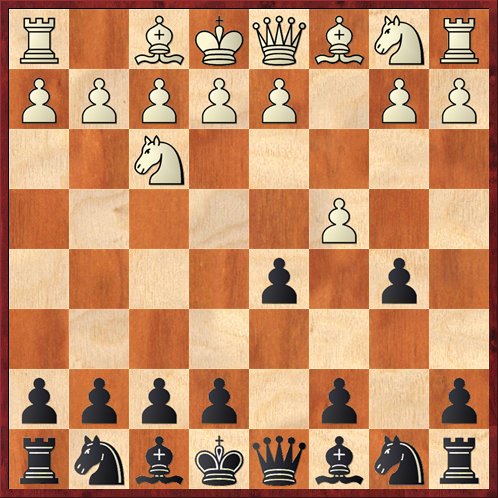
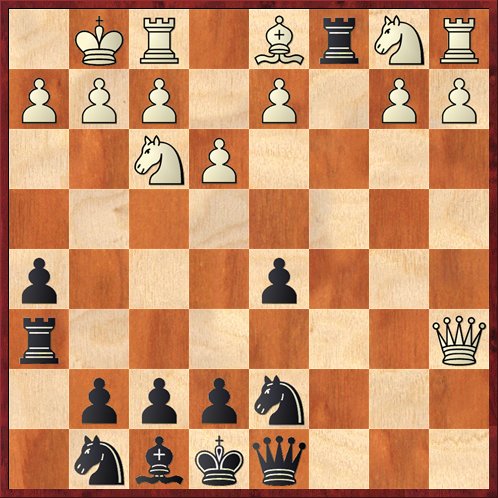
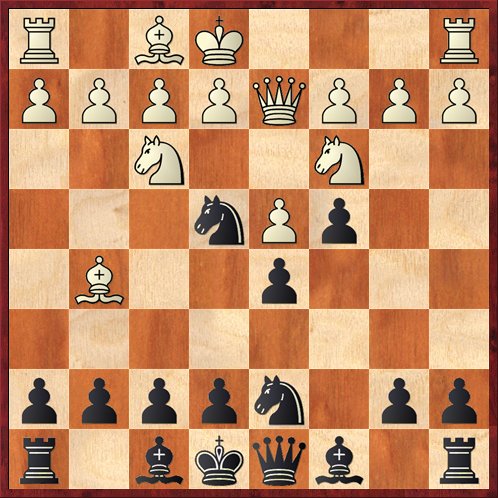
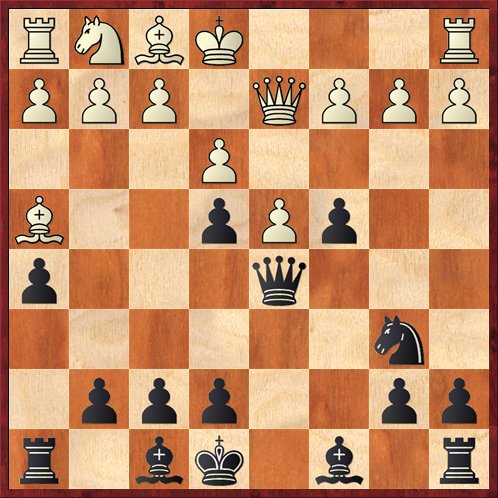
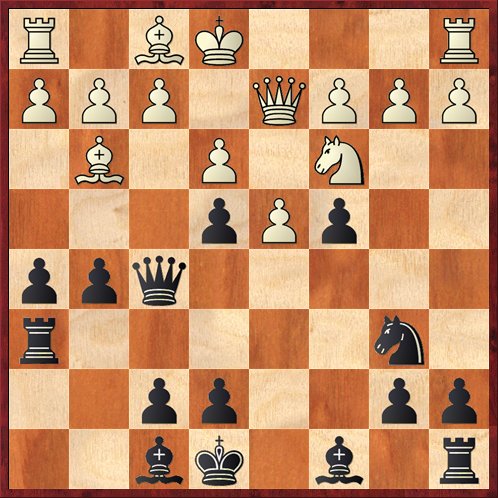



{ 1 comment… read it below or add one }
Slight correction in my last analysis (I confused a couple of Rybka’s lines): Actually, after 14. h4 g4 15. a5 Rc6 the correct move for White is 16. d5 right away (not 16. a5 first, which would allow 16. … Nd5). After 16. d5 Rc5 17. Qd4! just hits too many weak points at once. Black has to lose a pawn.